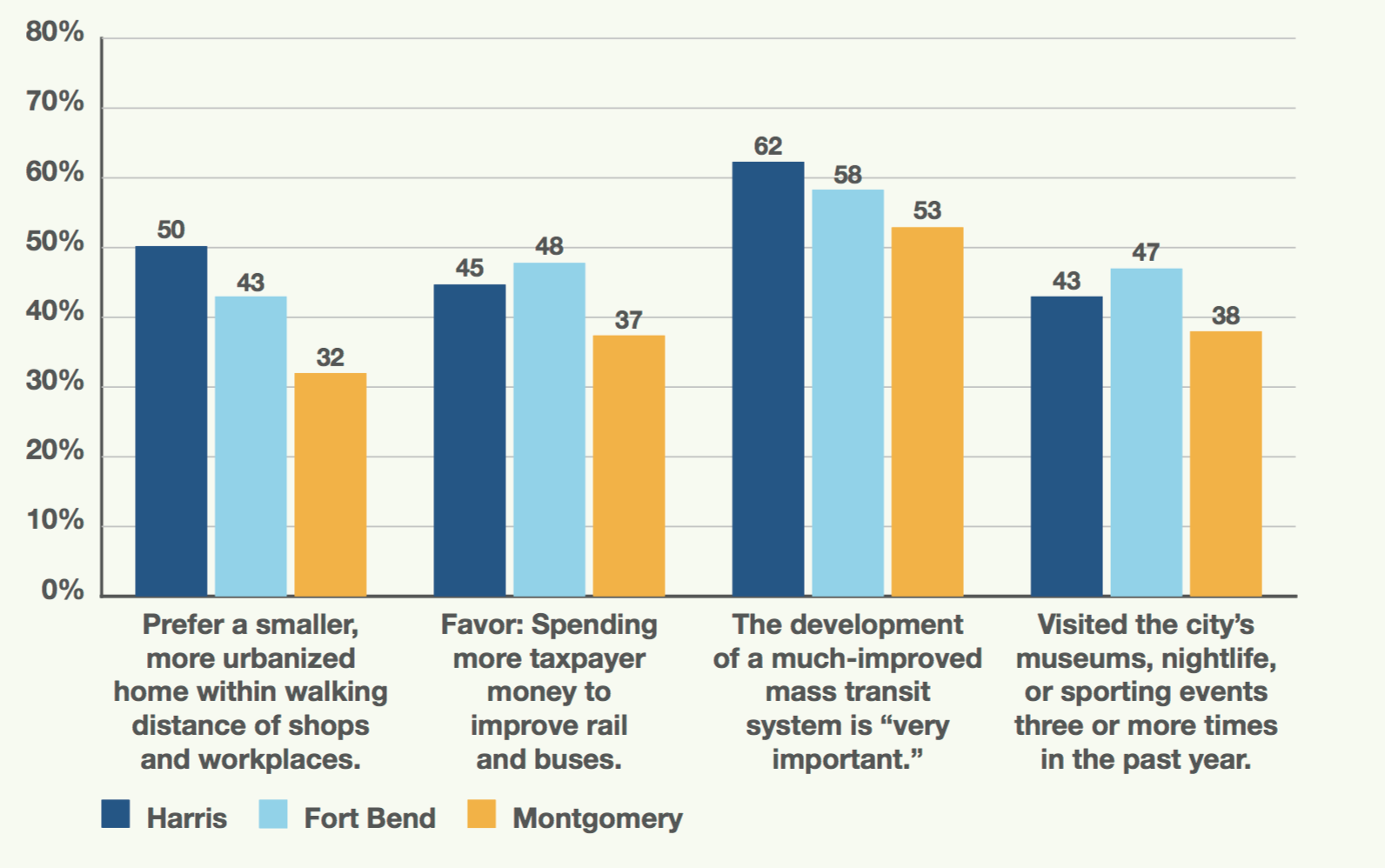The prognosis is not good. The city bus, "a staple of American urban life," the Wall Street Journal tells its readers, "is in a state of steady decline." That's according to an analysis of data from the Department of Transportation indicating that ridership on city buses is down 13 percent from the second quarter of 2007 to the same quarter in 2017.
The decline was predictable, according to Jeff Spross, an economics and business reporter for The Week. "When the economy nosedived in 2008, household incomes fell across the country — which also meant municipal tax revenue fell. In response, cities had to cut services like city buses. Routes became less reliable, commute times became longer, and fares became more expensive. That caused ridership to fall, which reduced the amount of money bus systems get through fares," wrote Spross in a response to the Wall Street Journal's findings.
All of this comes at a time when bus service is particularly critical, especially for low-income riders, who, in many cities, are moving further and further from the city core.
In Houston, ridership on the local bus lines, not including its park and ride users, seems to escape the plummeting numbers found elsewhere. In June 2009, for example, there were 5,150,504 riders on local bus routes, according to data from Houston's Metropolitan Transit Agency. That's compared to June 2017, when there were 4,810,815 riders. It's worth noting that at the same time, riders on the city's growing light rail lines increased from 960,419 to 1,529,311.
The massive rerouting that took place in 2015 also seemed to have some positive outcomes. A year after the new routes took effect, ridership on the whole system, including rail and commuter buses, was up. In November 2016, however, those year over year gains seemed to slip away as a regional recession set in.
Indeed, the agency's budget for fiscal year 2017 included a 5 percent decrease in projected revenue.
"This forecast," the agency's budget report read, "is fiscally conservative and is mainly driven by a decline in projected sales tax revenues resulting from the downturn in the energy sector and by a reduction in grant revenue due to decreased capital spending."
Though Houston's transit agency hasn't seen big hits like those elsewhere, it still faces challenges. Notable among them? A gap in public support. Though 62 percent of Harris County residents said that a much-improved mass transit system was "very important," in the 2016 Kinder Houston Area Survey, only 45 percent of Harris County respondents wanted to spend more taxpayer money on improving buses and rail.
Because so many transit agencies rely on a mix of funding that includes sources most vulnerable to recessions, the remedy Spross recommends is for increased federal support. He writes, "...if city bus systems are going to expand again, federal spending on buses will have to dramatically expand to drive that resuscitation." Meanwhile, in Houston, there's been talk of another bond referendum for the transit agency but nothing on the books, as the agency completes a series of listening sessions to inform its long-range plan.



